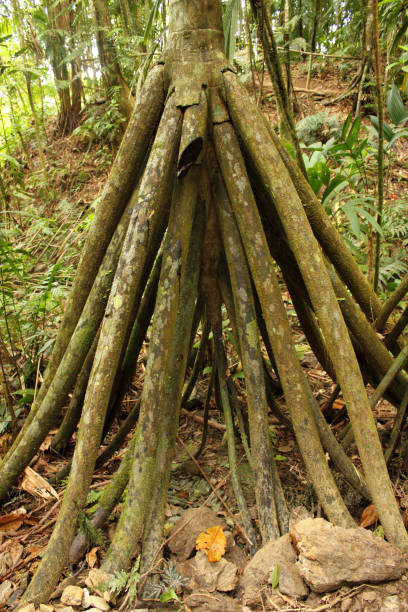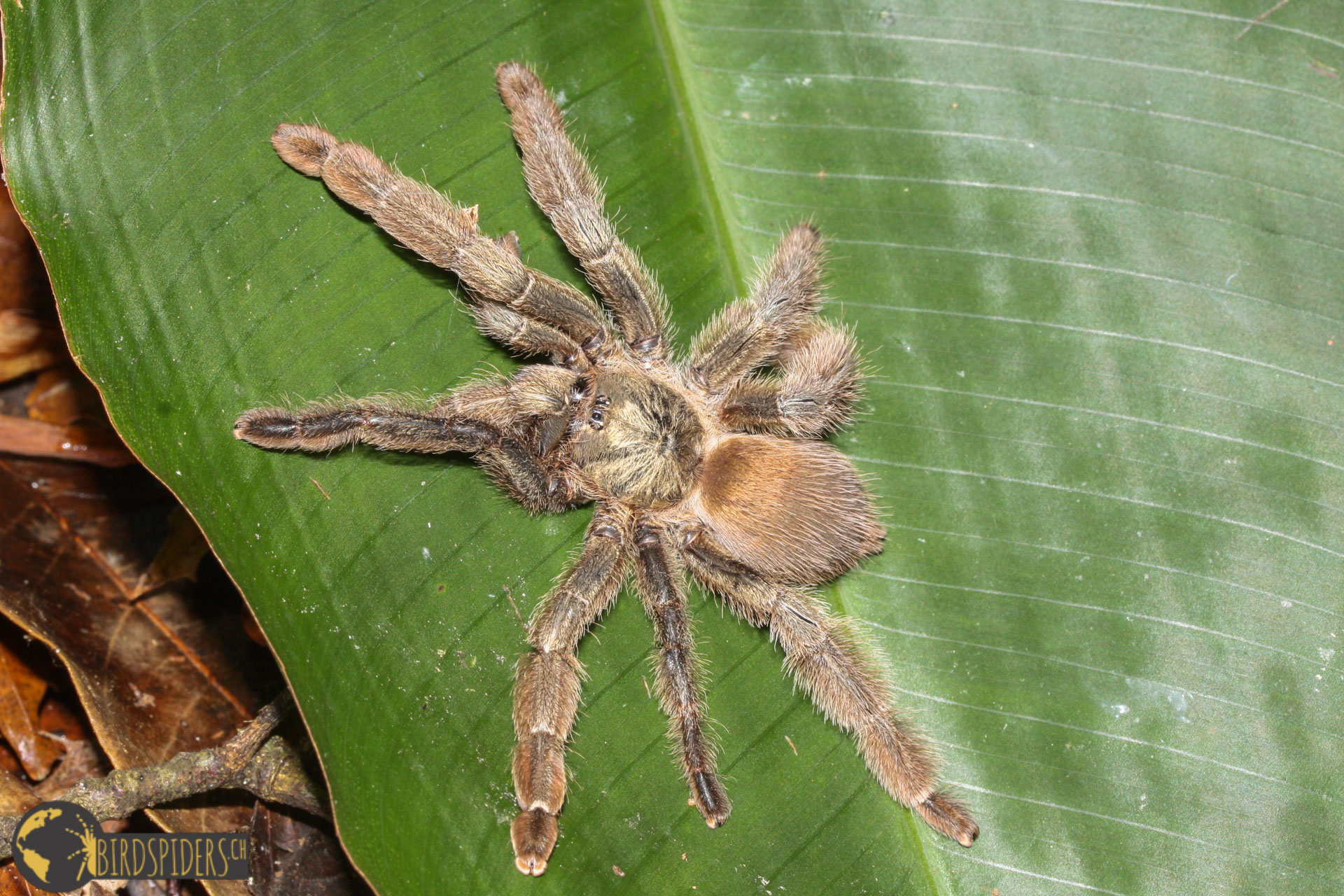Nothing gets me as excited as arboreal tarantulas. Well, maybe colorful arboreal tarantulas. Or arboreal tarantulas with an attitude.
They come in different sizes and colors. My favorite ones are probably the ones from Central and South America – no I don’t mean Avicularia (and their relatives). They are adorable too – but I’m more into the feisty ones, the ones who show you that they don’t have anything to lose – Psalmopoeus.
My first encounter with an arboreal tarantula was on a humid hot summer day in Panama. We drove all the way from David to Bocas del Toro, a well-known region on the Caribbean side of Panama.
The ride to the location was intense – the change in landscape over the hillside was truly remarkable. Then it changed again on the way down to the lush tropical (and humid) evergreen forest of the Caribbean.
I’ve never been to that side of Central America before. It’s 2011 and we’re on our second field trip ever. Because we were not that successful on our first field trip in Brasil a year before, we decided to collaborate with, at that time local, researcher with the name of Ray Gabriel. You all know him probably, he is one of the leading arachnologists when it comes to Theraphosidae and is publishing new species and genera like no one else.
Ray, Reto, and I traveled to the small town near Bocas del Toro and of course, did as many stops as possible. Checking burrows for Sericopelma, smaller logs for Hapalopus, and tree crevices for Psalmopoeus. It was a dream of mine to finally see a tarantula of my favorite genus. Not only see but find one on my own.
Near the town of Almirante we decided to check out some farmland. Land used for cattle. Mostly devastated land but with some trees present. Like little islands, sometimes only three to five trees large, they are a refuge for local wildlife. Of course, you’ll always ask the land owner for permission. You’ll always find someone present or working in the nearby fields – is it the land owner who gives you permission to enter the land? Who knows – maybe its just a neighbor who is giving you permission to enter someone else’s property. So far, we did not have any trouble, and asking for permission is greatly appreciated anyway. Funny enough there are mostly two types of people, but I might keep that story for another newsletter.
Having searched these small islands on the cattle land we immediately spotted a specific type of tree. A tree with dozens of roots that looked perfect for arboreal tarantulas to make their home.
It’s called the Walking Palm – Socratea exorrhiza. And even though I enjoy writing these small stories, pictures say more than a thousand words:

Of course, arboreal tarantulas are not able to inhabit the living roots. But some of the roots are no longer in use and therefore rotten and provide crevices. This is the exact spot where we found a silken retreat. And the adrenaline rush was there Immediately.
The silk looked very dense. So our first thought was indeed Theraphosidae. Now it was time to inspect the silken retreat a little better. That’s when a strong flashlight comes in handy – even during the day at scorching temperatures in the Caribbean.
And there it was. A leg was visible. „PSALMOPOEUS!“ we screamed. With little effort, we brought the tarantula out. A juvenile specimen that obviously went through a lot lately. Four legs were missing. Not the perfect specimen, but our specimen. Another species on our checklist of tarantulas is observed in nature. „Psalmopoeus reduncus“ – present in Mesoamerica from Panama through Costa Rica and potentially Nicaragua. At least starting in Honduras there is thought to be a new species present, distinct from reduncus. But time will tell I guess.

After a quick photoshoot, we put the spider back and offered some water droplets. It needs some energy and luck in the next few months to hopefully successfully regenerate its legs and get healthy and strong again.
Until next time.
Tarantula stories from the field – birdspidersCH

